The façades of modern high-rise buildings often contain digital media. They are angry and blink like diamonds. We can see it globally: current buildings seem to compete to have the most stunning look. The architecture industry has had unprecedented opportunities before, and urban policies need to change to keep up with these developments.
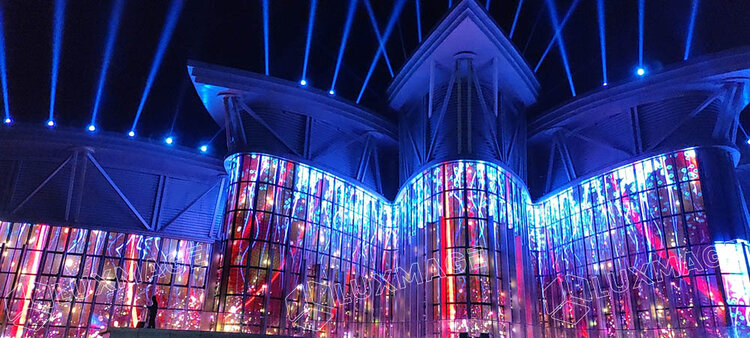
Buildings have always been used to express the soul, standards and cultural values. In ancient Greece, the sculptures on the exterior spread stories about heroism. In Gothic religious architecture, subtle ornamentation has conveyed theological messages. and the greatness of Baroque architecture displayed power, victory and wealth.
Over time the facades were separated from the bearing structures. They began as separate leather suites, depending on material testing, appearance and technique. Today, architecture often prides itself on its ability to shine and can change its appearance. This phenomenon is called architectural media.
Some architects have transformed their faces into interactive curtains to show creativity. Other looks are used to display data such as weather forecasts, internal operations or energy consumption.
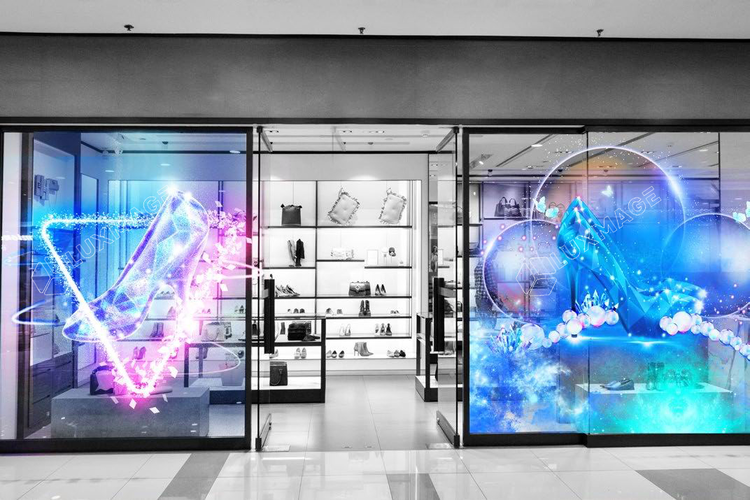
The architecture can now better meet individual requirements and become the basis for creativity. In a property market as fast as China, Korea and Australia, property developers are quickly recognising the value of architectural communications. They include abstract lights to allow buildings to stand out.
The current digital car look lights up the city, allowing the building to function as a dynamic landmark. And luminous architectural styles are considered good for displaying abstract digital images that can also provide culture for the city.
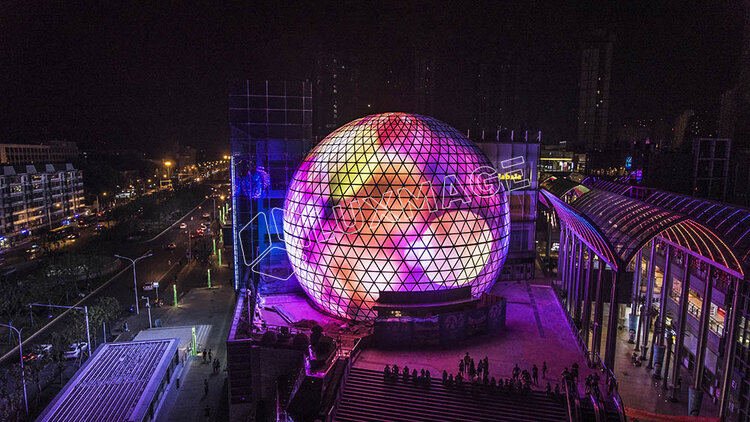
The Melbourne Planning Scheme and the Sydney Public Art Guide allow architectural communication to become a cultural contribution in new developments, providing new views of the city and colourful buildings for the city. Moving lights can promote a sense of security in the city, creating creative space and a foundation for future development.
Building a 'good' architectural medium is therefore a very complex design challenge. It requires expertise in architectural design, urban design, interaction design, lighting design, user experience and community engagement.
Urban policy assesses the environmental, social and economic value of new development. It aims to ensure that buildings provide a high quality public sector for current and future generations.
The policy is frequently updated to take account of the needs and opportunities required. Increasingly, cities are proposing policies for the communication architecture in urban planning projects. This indicates a growing consensus on its contribution to urban areas.
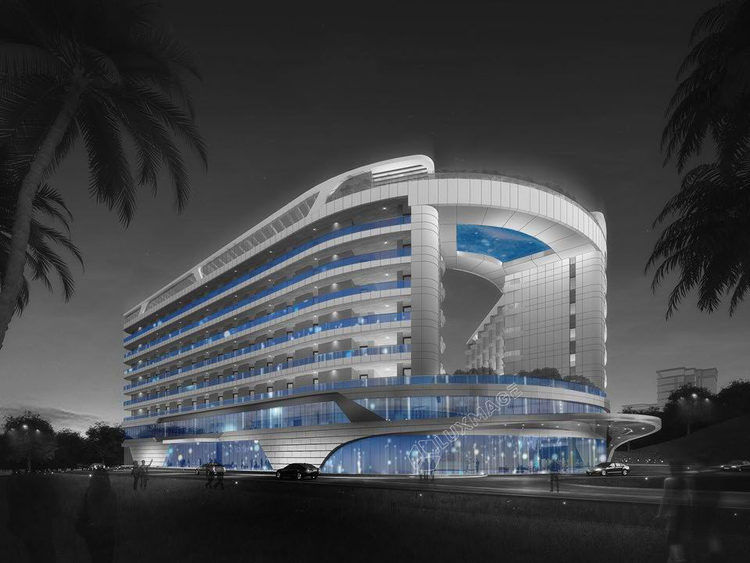
If done well, vehicle architecture can bring communities together, for example by allowing participation in the design process and after completion. If not done well, it can highlight the links between architectural or social and cultural issues. This can lead in any case to unacceptability and even destructiveness.
Good design proves a means to technological evolution, replacement and obsolescence. These design requirements should be better displayed in decision-making and policy processes. These approaches will involve facilitating the uptake of media architecture to activate public spaces by councils. There is an opportunity to initially adapt the digital communications strategy using the public open space strategy.
Digital communication strategies currently focus on protecting images and avoiding cluttered images. The public open space policy is more qualitative and empirical. It expresses the need for open space to improve livelihoods, cohesion and attractiveness.
Both policies should still be maintained. This is important. However, the Council should recognise that communication structures can attract people and at the same time improve the attractiveness of public spaces.
The Council must provide specific guidance on design criteria and decisions to promote long-term sustainability and acceptance. Include.
Forms of engagement. How do people interact with the vehicle architecture? Who are these people - local citizens or everyone? Is a specific age group addressed? Did the public take part in the design process? Are there cultural schemes that the media architecture should fit into, such as white or lively nights?
Show a common understanding of text, images or icons through standards and cultural values. Should such information be reviewed? How is this process installed, maintained and considered? Who participates in moderation?
Prevention of architectural and urban conflict. How can the intrusion of light into everyone's private space be minimised? How can digital media contribute to the architectural experience of the city? How do texts, images or icons fit into the architecture?
Responses to replacement and obsolescence. How does media architecture deal with changes in use, renovation and blank spaces? How is the life of the architecture affected and vice versa?
Preventing technological decadence. What optimisation measures are applied to ensure the flexibility of the technology? How is the vehicle architecture maintained? How often is information updated?
Divergence procedures. How do people who live and reside in the area express concerns about the information displayed or the functionality of the technology, both before and after the completion of the project?
The Commission should also provide policies with specific objectives for particular areas. For example, regulations on light penetration may be more tolerable in tourist areas than in residential areas.
The need for a policy is driven by architectural issues. In most cases, when we add or change the external form of a building, we must apply for a permit. This ensures that amendments have minimal adverse impact on the character and appearance of the area. The purpose of the building - regardless of purpose, size or location - is that it all fits.
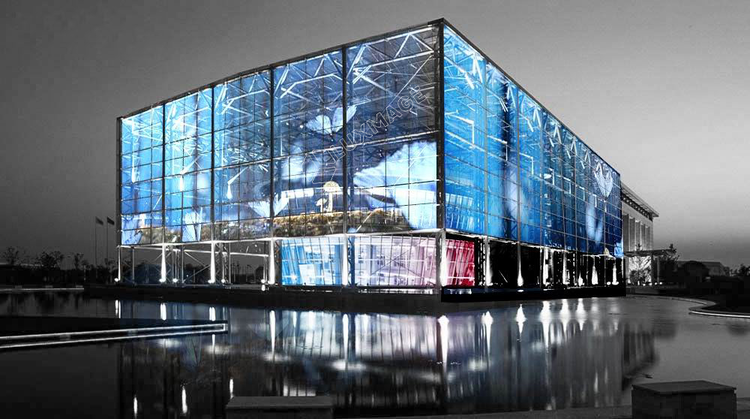
In addition to housing, the media architecture needs to be unique and maximise social capacity. We should prevent the media architecture from leading to decorative warehouses or clothes suitable only for Windows.
A better solution for the functionality and social quality of the communication architecture is essential. Policy work, therefore, increasingly requires more comprehensive instructions to ensure that people engage with digital media in public spaces.
Hot news
Posted by: Admin - Date: 07-01-2023
Last Page: 6 reasons why transparent LED screens are popular
Next Page: Notes on using transparent LED screens for longer life
- Top 5 High-Resolution Conference Room LED Displays That Replace Projectors
- Digital Showroom | A Solution to Elevate Modern Corporate Exhibition Spaces
- Indoor COB LED Display | Premium Display Solution for Building Lobbies
- P1.53 & P1.86 Floor-Standing LED Display | A Modern In-Store Display Solution
